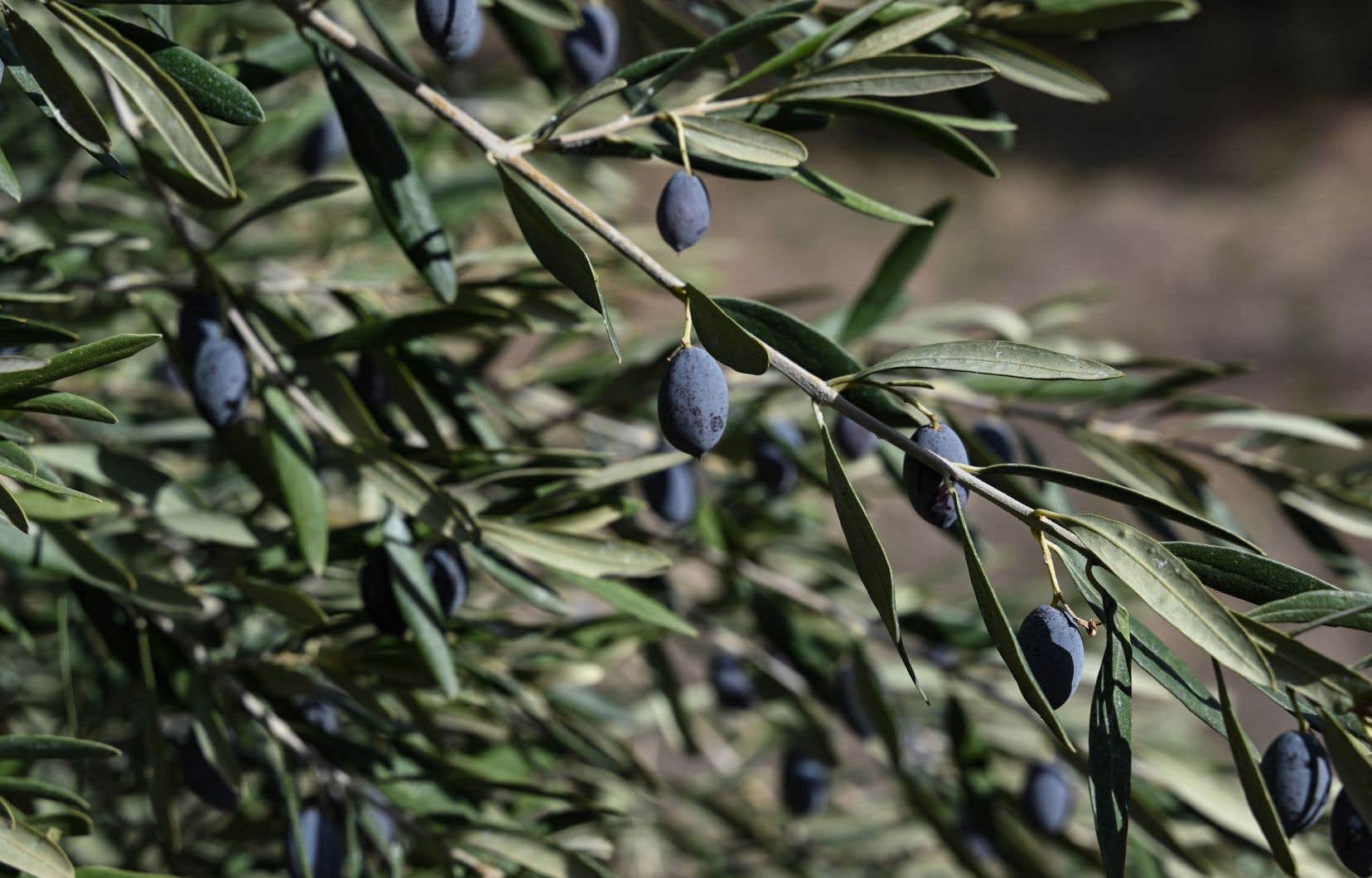Greek farmer Zaharoula Vassilaki gazes with admiration at an enormous olive tree said to be two hundred years old and which, despite the lightning that struck it several years ago, still produces fruit.
But on this peninsula of Chalkidiki, in northeastern Greece, climate change, particularly the absence of winter, is proving difficult to bear, even for such a resilient “colossus”.
“The climate has changed and the trees cannot cope with it. We no longer have winter at all,” laments the 48-year-old farmer who produces organically in the village of Polygyros.
In mid-November, the thermometer still showed over 15°C in the region.
“At the moment, temperatures should be 10 degrees,” explains Nikos Anoixas, member of the board of directors of Doepel, the Greek national inter-professional table olive organization.
Further away, Vangelis Evangelinos, 62, who has been growing edible olives on his family land since he was a child, does not remember climatic conditions as unfavorable as those his region suffered this year, nor a harvest as bad.
Brief precipitation
“Precipitation is intense and brief, the opposite of what is needed to enrich the soil,” he notes.
This situation has damaged millions of trees in the region, according to producers and experts. Result: many of them no longer produce any olives.
“This is a problem that we have noticed over the last five years,” says Zaharoula Vassilaki.
Because “it takes about one to two months of cold for the tree to rest […] so that he can give later [des fruits] “, she explains.
Sector giants in the European Union (EU), Italy and Spain, face similar problems, driving up the prices of olive oil and olives, mainstays of the diet in the Mediterranean region.
The world’s largest producer of olive oil, Spain has had a very difficult year in 2022 and this year’s drought has made the problem worse.
According to EU estimates, olive oil production in the European Union is expected to fall by 39% in 2022-2023 compared to 2021-2022.
Athanassios Molassiotis, agronomist and director of the Arboriculture Laboratory at the Aristotle University of Thessaloniki, claims to have recorded a temperature increase of two degrees during the months of October, November and December 2022 compared to the previous year.
This affected the buds of the olive tree, particularly the Chalkidiki variety, which “needs low temperatures in winter,” he explains.
It is in this region, also known for its crystal clear waters and white sand beaches, that around half of Greece’s table olives are produced, or 120,000 to 150,000 tonnes each year on average, according to the Chamber of Commerce. regional trade.
“Huge” consequences
More than 150 companies in the region are active in the processing and marketing of olives and more than 90% of products are exported around the world.
This year, the fall in the olive harvest plunges entrepreneurs into despair.
“I’m afraid the situation will get worse,” laments the president of the chamber of commerce, Yannis Koufidis.
The economic repercussions on producers are already “enormous”, according to him, with a loss of some 200 million euros in turnover in Chalkidiki alone.
In the local olive processing unit, which also handles arrivals from across the country, management says production is down by at least 70%.
A climate change study from Aristotle University shows that the average temperature in the region is expected to increase by 1.5 to 2 degrees in the coming years, in the best case scenario.
So for producers, hope may lie in creating a local olive variety that requires less winter weather. The regional chamber of commerce is working with Aristotle University on this “very difficult” project, underlines Yannis Koufidis.
“But we cannot sit idly by,” he judges.
